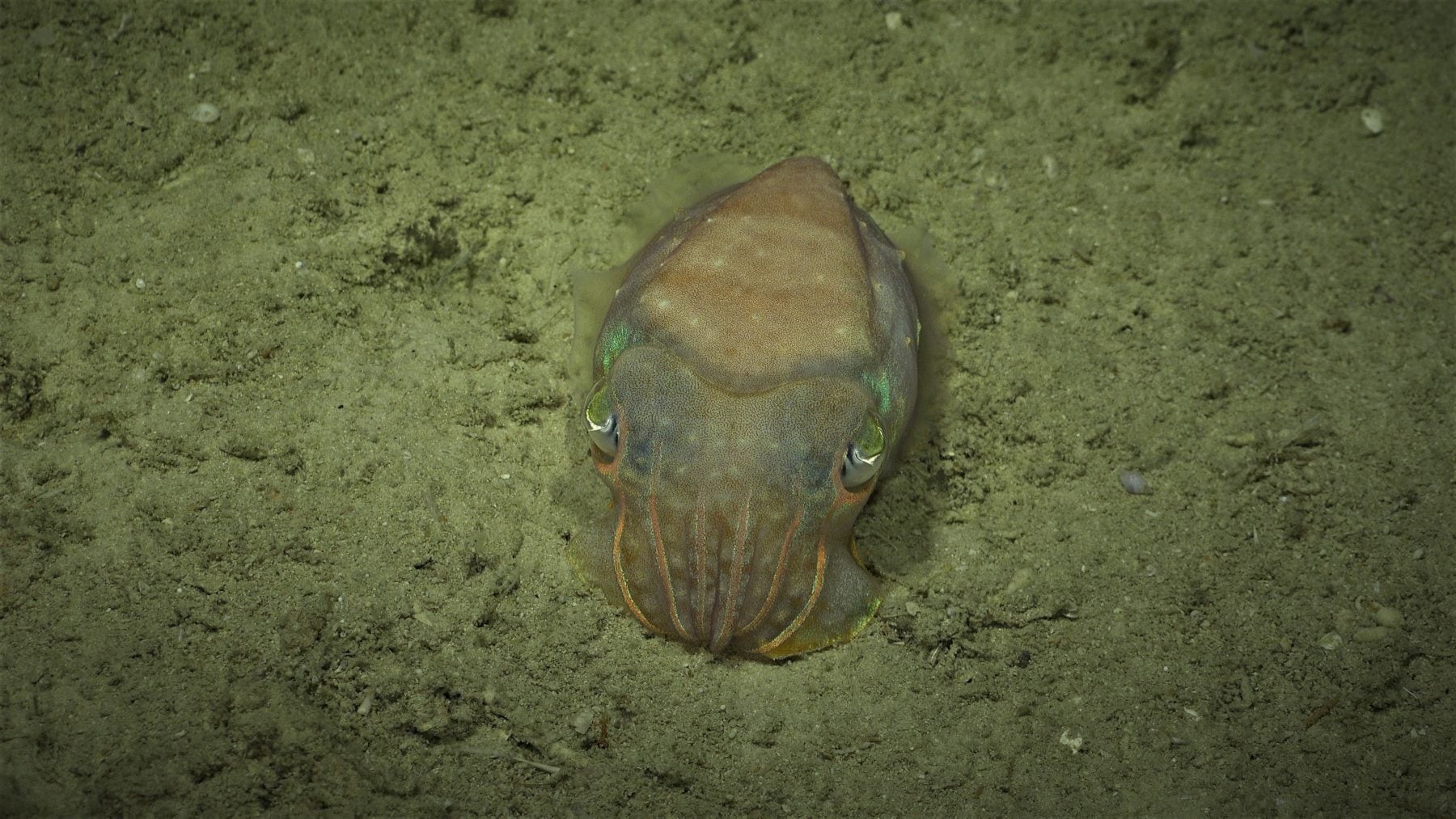Scientists have discovered a new coral reef in the Great Barrier Reef and boy, is it huge

For the first time in 120 years, scientists have discovered a new detached coral reef just off Cape York, and it’s literally the shape of a skyscraper.
Scientists aboard the Schmidt Ocean Institute’s research vessel Falkor spotted the unknown reef while mapping the northern Great Barrier Reef sea floor, and sent an underwater robot to explore the details of the reef.
Equal in size to the Empire State Building, 500m tall by 1.5km wide, the reef is now one of eight known detached reefs in the area including Raine Island, an important breeding area for green sea turtles.
Most of these detached reefs were mapped back in the 1800s, but today’s scientists went deeper to discover this new addition.
“This discovery of a 500m tall reef inside the GBR Marine Park shows there are many mysteries just beyond the coastline,” says marine geologist Robin Beaman, who led the team of scientists currently aboard Falkor.
Robin says mapping the ocean floor helps satisfy that basic human curiosity about the shape of the Earth. “As most of our planet is covered in water, even after many years of mapping we still have only revealed about 20 per cent of the deep ocean seabed.”
The underwater robot, SuBastian, is one of the world’s most advanced remotely operated vehicles (ROV) and allowed the scientist to livestream their discovery and take detailed images, which are now being pored over by taxonomists.

This isn’t the first time this year the Schmidt Ocean Institute exploration of the waters around Australia have made headlines. In April, they used SuBastian to explore the deep canyons of Ningaloo Reef. There they discovered a giant siphonophore, better known as a ‘doom spiral’, which could be the longest organism ever seen.
Until now, co-founder of Schmidt Ocean Institute, Wendy Schmidt, says our knowledge of the ocean has been limited due to insufficient technology for exploration, which is now rapidly changing.
“Thanks to new technologies that work as our eyes, ears and hands in the deep ocean, we have the capacity to explore like never before,” she says. “New oceanscapes are opening, revealing the ecosystems and diverse life forms that share the planet with us.”




